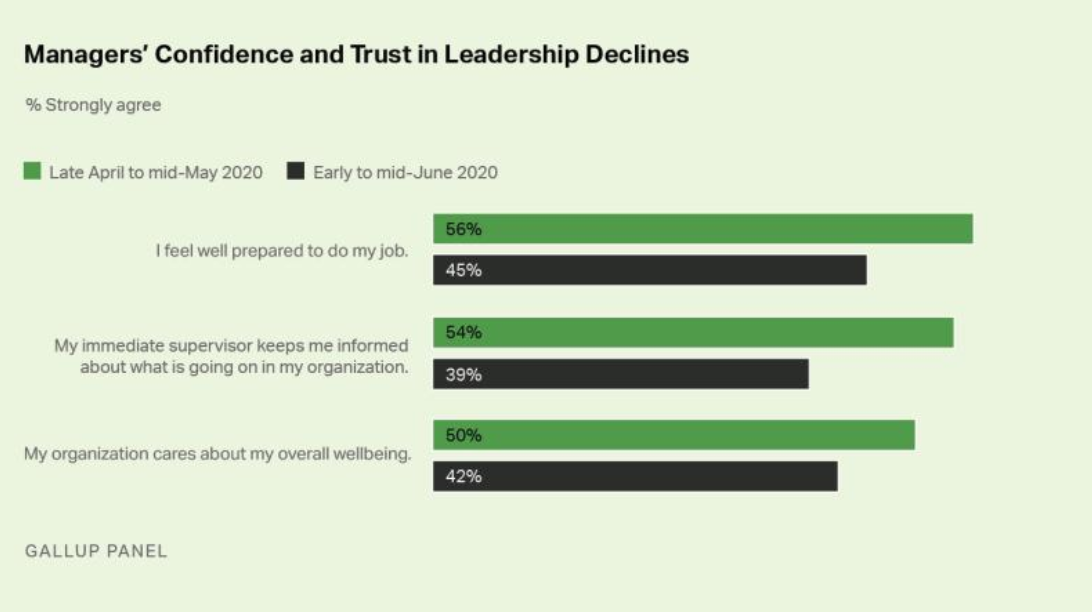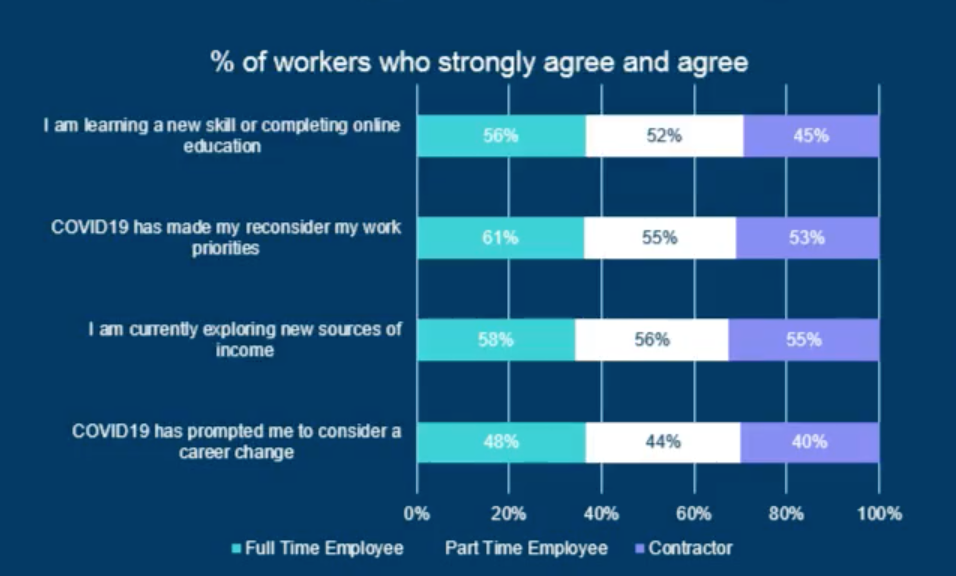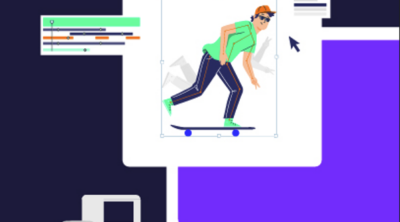< Back to all posts
The Future of Employee Experience
Welcome to our second article in our Internal Communications series. Last month we discussed how to step up your communications game to your internal teams especially during a global pandemic. This month, I’m handing the mic over to Lauren Rowe, Employee Experience Strategist here at Home. Lauren provides a fascinating viewpoint and useful data about what the future of employee experience will look like in the short-term and long-term future.
-Carol Whitworth
“If only we had access to a crystal ball!” Sound familiar? I think it’s safe to say that we’ve all had to think on our feet for a few months now. But, as the UK and other countries start transitioning out of lockdown, it’s well worth pausing for just a moment to consider what the future holds for employee experience where you are.
A new world, with new expectations
Let’s just for a minute recap on what we actually mean by employee experience. For me, this definition sums it up nicely:
“The set of expectations that employees have about their experiences at work in response to their interactions with the organization. A great employee experience happens when the two are in alignment.”
Expectations of employers. Interactions at work. Wow, oh wow have these changed over the last few months! You only have to think about the differences in your own personal expectations of your employer and daily work interactions to see that getting alignment between the two for every employee is pretty tricky.
The Survey Says
But, as internal communicators, HR professionals and employee experience strategists, there’s so much we can do to create perfect harmony. Even in these changeable times.
Of course, every organization is different, and every employee is unique, but it’s useful to understand the general trends across the UK workforce as a starting point. That’s why I was so pleased that in a recent Poppulo comms bootcamp, the team from Accenture research published their most recent Future Workplace findings.
Right Here, Right Now
Let’s begin with how things are today. About 18 weeks have now passed since the official lockdown and our workforce is fatiguing. Accenture told us that employees are increasingly anxious, with job security and their own health needs still front of mind.
Employees are expecting continued support but according to a recent Gaullp study, that’s waning too, with only 42% of employees believing that their organization cares about their wellbeing (compared with just 50% at the start of lockdown).

Looking Ahead
There’s so much we can’t predict but what we do know is that we’ll have a workforce in flux. Employees have had the time to deeply reflect on what work means to them and how it aligns with what they consider to be most important. Accenture’s research shows that 61% of employees have reconsidered their work priorities – that’s almost two thirds of every team!
Whilst health and wellbeing will remain a top priority, after a period of such instability, employees will also be looking to experience meaningful connection, belonging, autonomy and purpose at work. In fact, 40% of people expect to do most of their socializing at work in the next 6 months.
The risk of not meeting these expectations? Employees will disengage and look to find an organization that will.

How can we continue to create the best employee experience?
It’s all about trust. And, as employee experience professionals, we can help build trust in two ways; getting equal and getting ahead. Let me explain…
1. Get Equal
First things first, the balance between employee expectation and interaction with the organization has to be right (and relevant). Consider asking yourself and your team these questions to help you get a feel for where you’re at right now.
Expectations
- Do we know what our employees need from us right now?
- How do we know that to be true?
- How often are we listening to our employees?
- What are the moments that matter to them?
- Do employees have various ways to tell us what they want?
- Are we sparking conversation about what employees expect in the right ways?
- How do our employees’ expectations differ across personas?
Interactions
- Are we taking action in response to what our employees are telling us they need?
- Are we following through with what we say we’ll do?
- Are communications timely, transparent and empathetic?
- Are we considering how we want our people to feel, as well as what we want them to do?
- Are leaders showing authenticity and compassion? Most importantly, are they present?
- Are line managers empowered and supportive?
- How do we know this to be true?
2. Get Ahead
With an anxious workforce, we know that employees will continue to expect health and wellbeing to be the top priority. However, the organizations that will do well will not only meet what people expect of them right now, but will also look ahead to prepare for what they will need of them in the future.
We all need to consider new ways to help employees align their own (potentially newly uncovered) values with the purpose of our organizations. We need to continue to foster a culture of diversity and inclusivity by creating workplaces where everyone feels psychologically safe. And, we need to help people to establish meaningful connections, especially as elements of remote working are likely to remain for most people.
But most importantly, we need to create as many ways as possible for our employees to have choice and ownership in their roles. We all have our own working style, skills and experiences to bring to the table. A simple switch from focusing on the process, to focusing on the outcome means we can make the most of these.
I really believe that autonomy will be the currency in the future of work, supporting people to play to their own strengths so they can bring their best, and be their best, every day.
Over To You
I’d love to know how it’s been in your place of work. How have your employee expectations changed and how have you supported your organization’s interactions to match? Let me know!
You can catch up on all of the Poppulo #commsbootcamp presentations here.






Leave a Reply